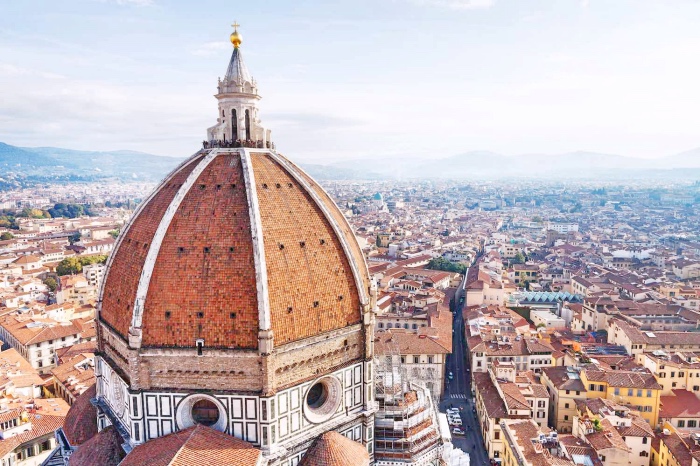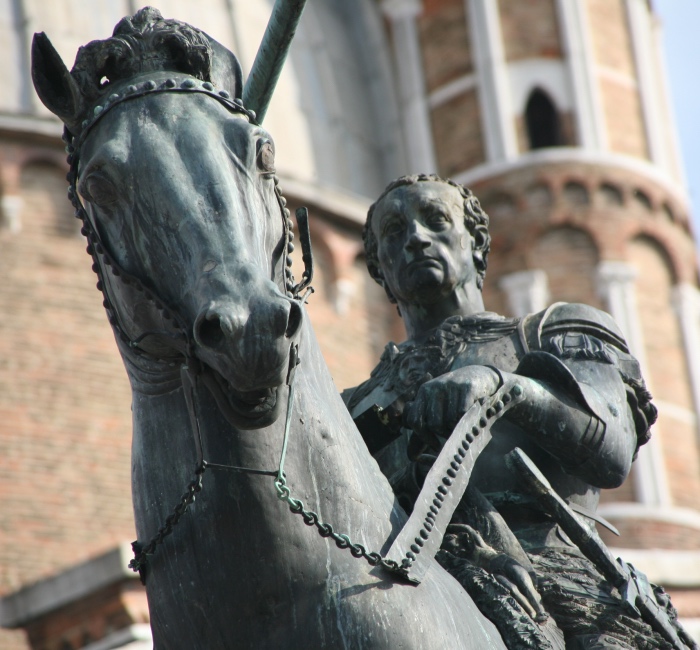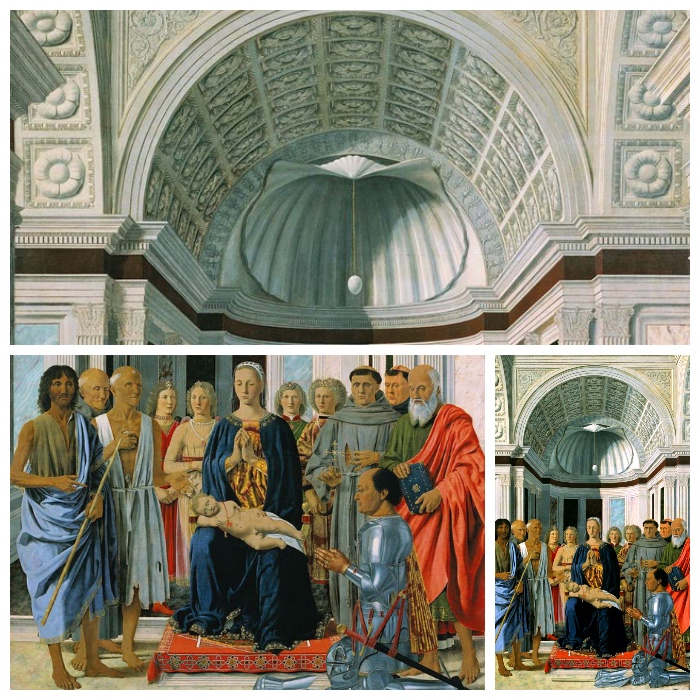15th century art: Early Renaissance and the rebirth of art

15TH CENTURY ART: EARLY RENAISSANCE
Studying the evolution of the 15th century art is amazing.
Then, if you think that it’s at the end of the 15th century, precisely in 1492, that the most significant event of this wonderful century occurred, that is the Discovery of America, then you’ll understand that creativity and ingenuity are the keywords of this period.
In this post I’ll tell you how and why the art in the 15th century has changed the destiny of Western art.
15th century art

Donatello, Equestrian statue of Gattamelata, Padua.
The 15th century art underwent a development and a transformation never seen before thanks to great artists who, at the beginning of the century, seemed to be ready to change rules of painting, architecture and sculpture.
There are three great achievements of the 15th century which have changed the destiny of Western art: perspective, proportions and anatomy.
At the base of these discoveries there’s the need and the desire for making art an instrument to examine the reality and the human condition, so it was necessary to organize space according to geometrical rules and to draw human body according to anatomical principles ignored until then.
The man is the great protagonist of the 15th century art, of painting, sculpture and architecture.
WHEN THE RENAISSANCE BEGAN
The Renaissance began in the 15th century and covers a period of time of two centuries.
You’d better remember that this period of history of art is divided into Early Renaissance and Late Renaissance.
If in the Middle Ages the artist was considered a craftsman, in the early 15th century a new point of view arose, and the artist became the interpreter of complex philosophical thoughts and claimed an intellectual role and not only a manual one, and for this reason he joined exclusive clubs and was hired to contribute to the increase in the prestige of a court or a city.
ART IN THE 15TH CENTURY: COURTS AND ARTISTS
Compared to the 14th century and all the medieval period, the 15th century art developed also thanks to exchanges of ideas between artists and intellectuals who met in courts and cities.
By moving from a city to another, artists could develop new styles, but don’t forget that there was a lot of competition among Italian courts. In fact, the courts continuously tried to get the best artist of the time to build buildings and create works of art able to arouse astonishment in the world.
Donatello was in Rome in the early 15th century, and then he moved to Padua, painting in the Basilica of Saint Anthony his most famous masterpieces; Leon Battista Alberti moved from Mantua, to Rimini, to Florence and to Rome; Piero della Francesca, instead, moved across central Italy.
These artists left in each city works of art and models to follow.
For instance, perspective and geometrical perfection of Piero della Francesca’s works influenced Venetian painter Giovanni Bellini’s works; whereas Donatello was essential for the development of Mantegna’s style who in Mantua created masterpieces; and then Leon Battista Alberti and his treatises were a valuable source for the spread of knowledges of the 15th century art.

Piero della Francesca, Brera Altarpiece (details).
Follow me on:
About me
In this blog, I don't explain the history of art — I tell the stories that art itself tells.


